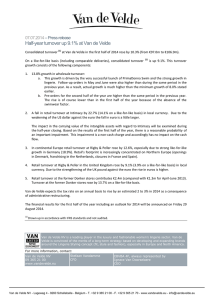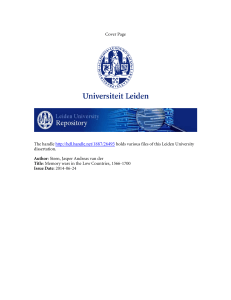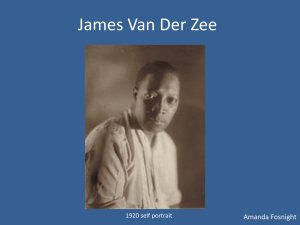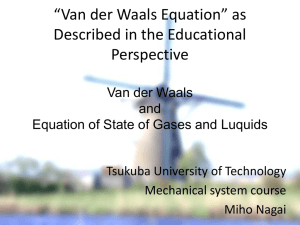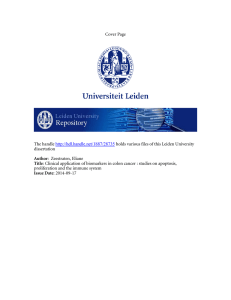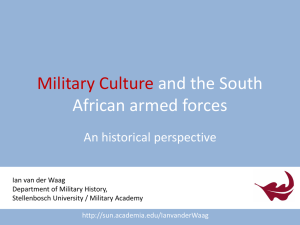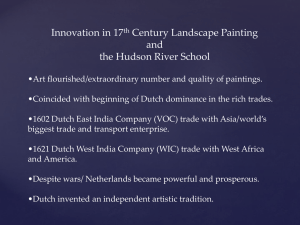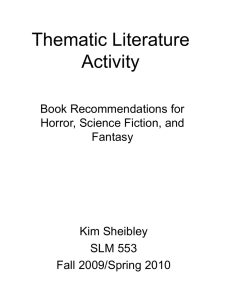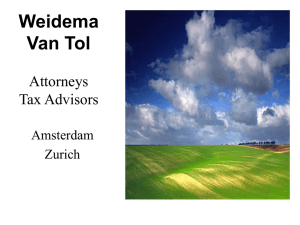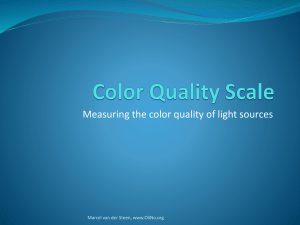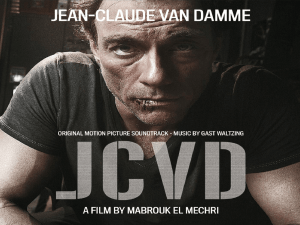Working session 1
advertisement
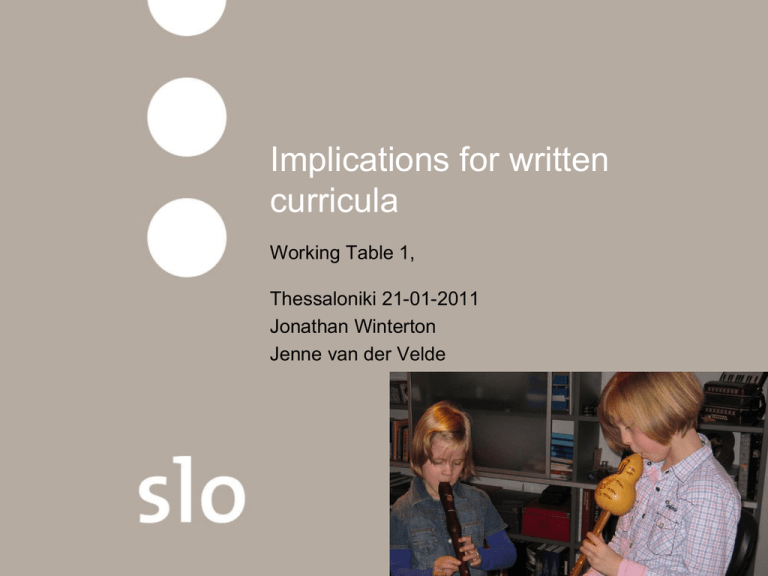
Implications for written curricula Working Table 1, Thessaloniki 21-01-2011 Jonathan Winterton Jenne van der Velde Questions 0. Starting points for a written curriculum? 1.What are the characteristics and features of written curricula that are intended to reflect an outcome-approach? 2.What are the strengths of a competence-based/outcome-oriented curriculum? 3.What are the weaknesses of a competence-based/outcomeoriented curriculum? 13-4-2015 Jenne van der Velde 2 Curriculum Process Curriculum Developed Curriculum Content Curriculum Curriculum Curriculum Terms Enacted Intended Curriculum Assessed Curriculum Experienced Curriculum Learned Hidden Curriculum Intended Ideal Formal written Vision (rationale or basic philosophy underlying a curriculum) Intentions as specified in curriculum (documents and/or materials) Implemented Curriculum Perceived Operational Curriculum as interpreted by its users (especially teachers) Actual process of teaching and learning (also: curriculum-in-action) Attained Experiental Learned Learning experiences as perceived by learners Resulting learning outcomes of learners Goodlad, Van den Akker, Kuiper Process Feedforward Output Input Feedforward Process 1 Environment Feedback Evaluation Output (Smart) Input Feedforward Time Specific Measurable Acceptable Reasonable Time related Money Quality Information Organisation Feedforward Process Comparison Environment Evaluation Measured reality Process Set up Desirable Feedback Quality aspects of a process What did you say, sometimes agreed and sometimes disagreed? I am very competence based Starting points for a written curriculum 1. What is a curriculum for? ( Participation as a responsible citizen, employable etc.) 2. How does input and process relate to outcome? 3. At what stage are the outcome defined? 4. Who designs the curriculum, how are stakeholders involved? 5. How do you write learning outcomes? 6. Can we find something in common when we look to written curricula in different countries? 7. What is the unit for defining outcomes and what is the point of reference and how defined? Educational levels supra Macro Meso Micro Nano CDEC-SBCD 10 Outcome based seems to be difficult Characteristics and features of written curricula 1. Outcome based, what is it not? It is not academic, not a demotivating route, not irrelevant and boring, not teacher oriented, not in a traditional class, not fragmented, not traditional pedagogy and not traditional assessment. 2. Outcomes expressed in knowledge, skills, attitudes (competences) integrated or not, holistic? Interdisciplinary? 3. Active verb in the statement of a learning outcome 4. What the learner should to know and to be able to do 5. Pedagogic guidelines are included, in some countries 6. Holistic approach, no starting from the subjects( disciplinary approach) but from modules and units based on occupational task for example 7. Labour market relevance 8. Policy driven and relevant for students 13-4-2015 Jenne van der Velde 12 Our strong point is that we cooperate very well 13-4-2015 Jenne van der Velde 13 The strengths of a competencebased/outcome-oriented curriculum 1. Learning outcomes are holistic (integrated) rather than fragmented. 2. Learning outcomes are more long term, flexible for future skills needs/ labour market needs 3. Individual learners benefit 4. Because learning outcomes are more application based learners are more motivated, understanding the purpose 5. Benefits all and particularly for disadvantaged students 6. Benefits for teacher in new ways of working (inclusing teamworking) 7. Benefits for the system by involvement of practitioners from the labour market 8. Involvement of different stakeholders is beneficial for inclusion 13-4-2015 Jenne van der Velde 14 My weakness is that I don’t want to be an adult 13-4-2015 Jenne van der Velde 15 The weaknesses of a competencebased/outcome-oriented curriculum 1. A risk of neglecting inputs and processes ( a need for balance) 2. Teacher have to deal with it, and be properly trained (team effort) 3. Competences can be over-specified (bureaucratic tick boxes) 4. Knowledge, skills and competencies can remain separated 5. Risk of atomized approach of formulating outcomes, can’t cope with complex situations. 6. Confusion around terminology ( outcome based, competence based learning) leads to different approaches 7. May detract from general academic excellence 8. Tendency to generate inequity 9. A risk that it is not flexible enough for further education or to switch to other professions 13-4-2015 Jenne van der Velde 16 The spiderweb Rationale Van den Akker 17 The answer my friend is blowing in the wind CDEC-SBCD Jenne van der Velde 18 See video available in a separate file 13-4-2015 Jenne van der Velde 19 Thank you for your attention wish you a nice conference CDEC-SBCD Jenne van der Velde 20

